Author: paintspot_lj8xs7
-
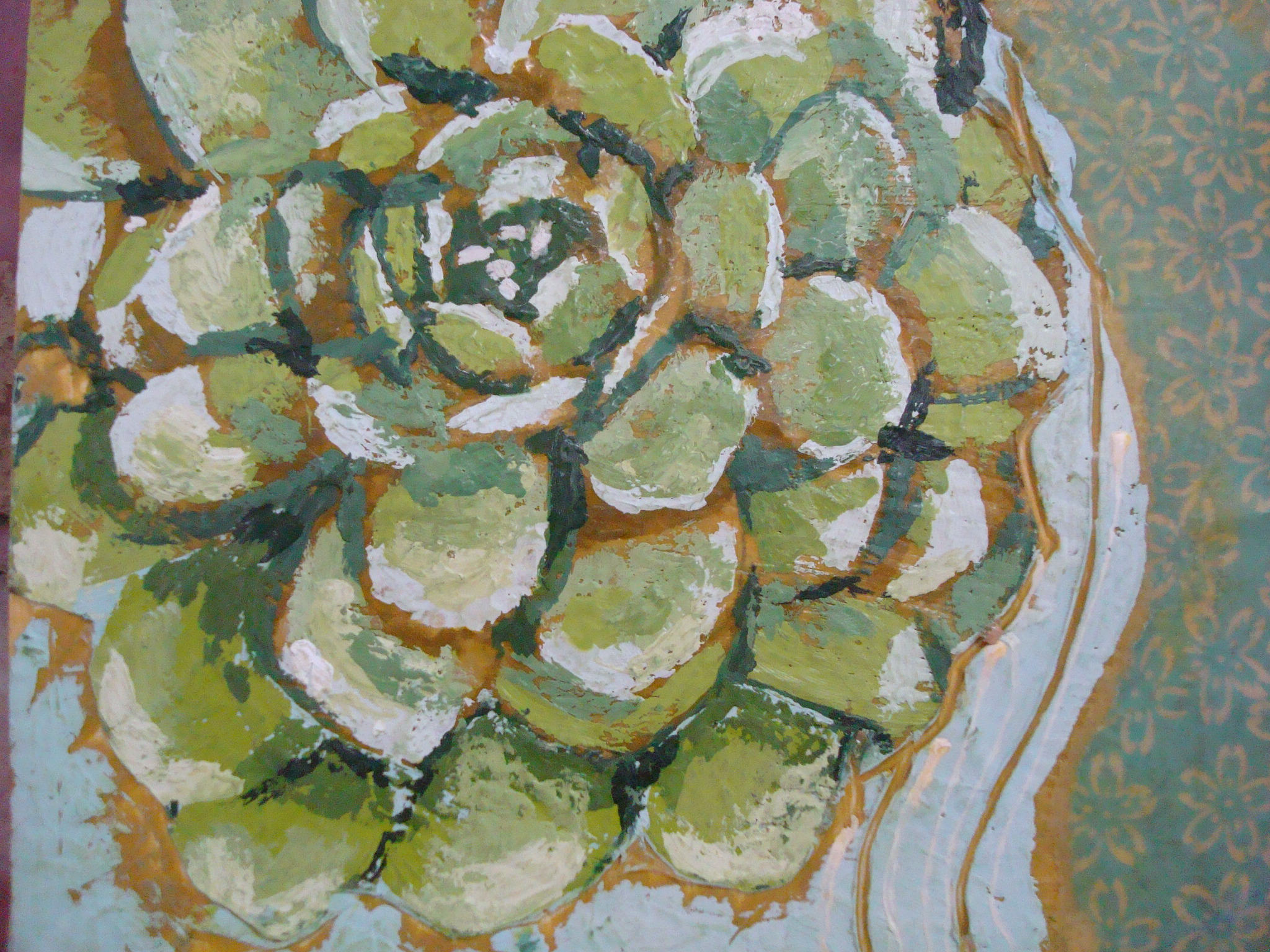
Encaustic Painting: Getting Started
Encaustic painting material is composed of natural beeswax and pigment; damar resin is most often added, sometimes other waxes or oil paint, too. Molten encaustic, applied to a surface, is fused by applying even heat to create a lustrous, enamel effect. The waxy, semi-translucent natural colour of beeswax imparts an exquisite visual property. Encaustic can […]
-
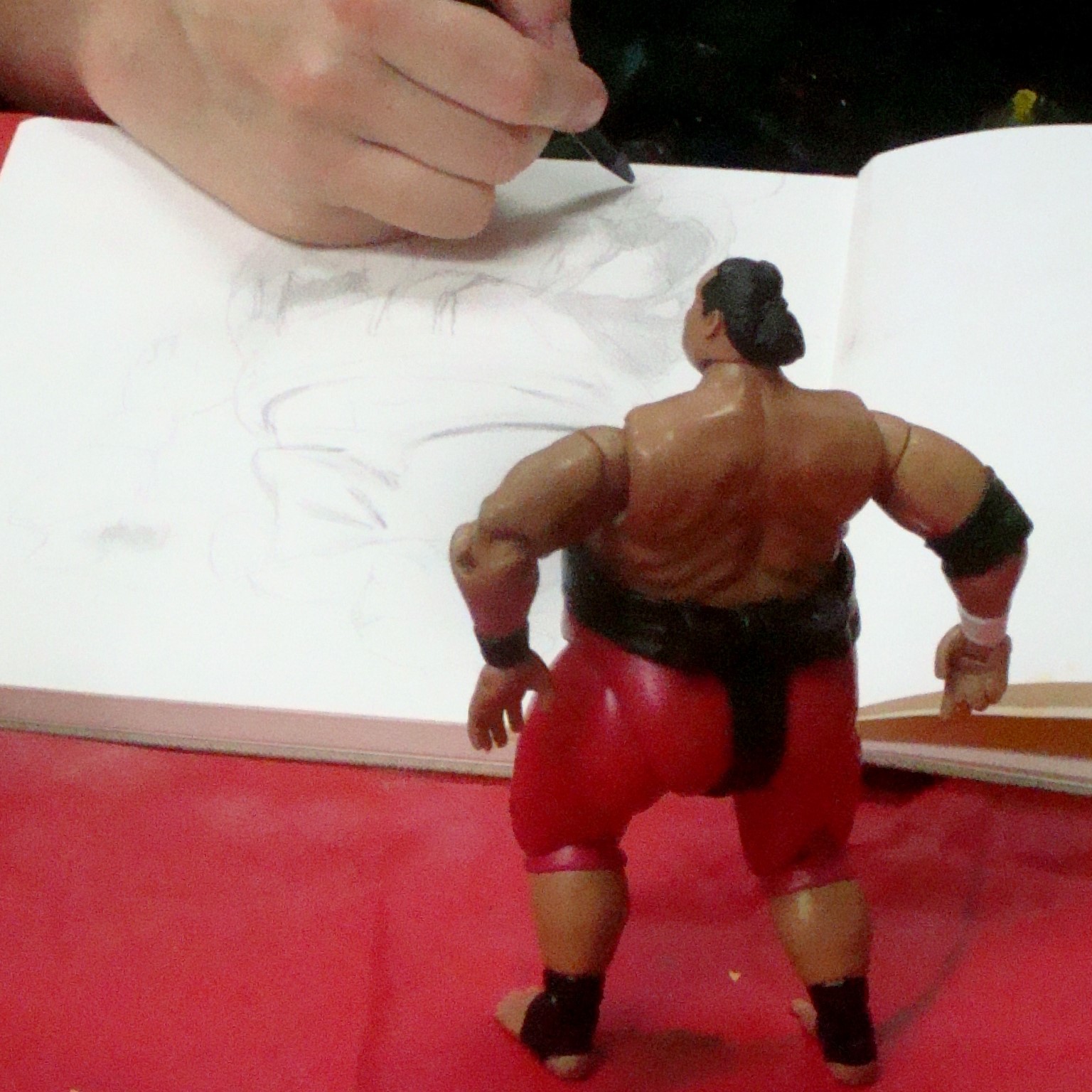
Drawing Project Ideas for Schools
A few years ago The Paint Spot hosted workshops called Teacher Tuesdays. From 8 to 12 junior high and senior high teachers attended. We shared product knowledge and tossed out a few art project ideas for the teachers to experience. Getting the feedback was important – the art therapy was greatly appreciated. Out of these sessions, […]
-
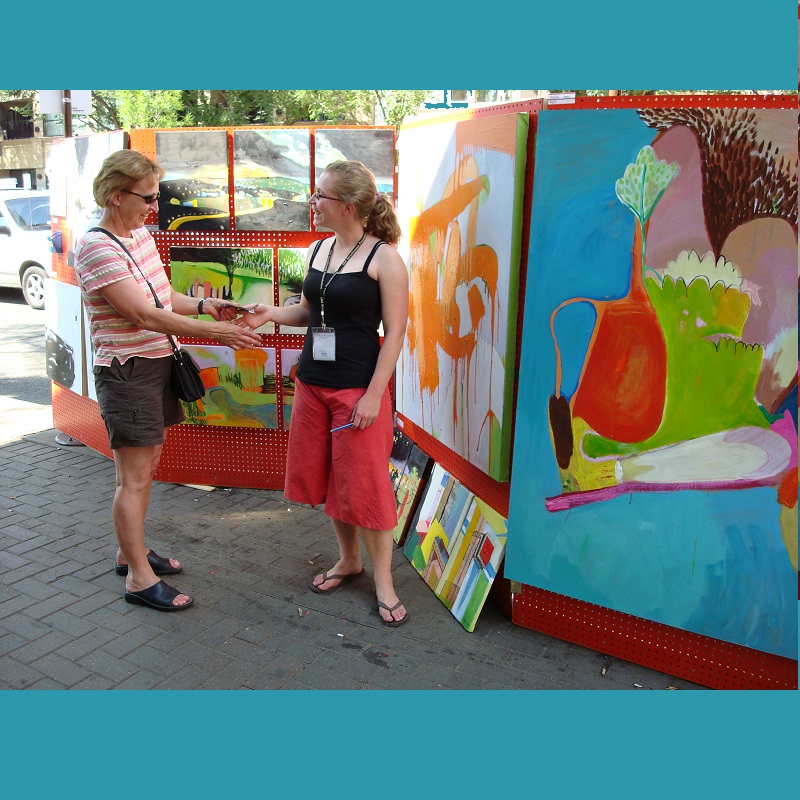
How to Price Your Artwork
Things to think about before you price your artwork for art walks & other festivals There are many questions to consider when pricing a work of art, therefore, determining the price of your masterpiece can be tricky. Pricing your artwork can be daunting and even emotional for many artists. Time, talent, materials, education, research, marketing, […]
-
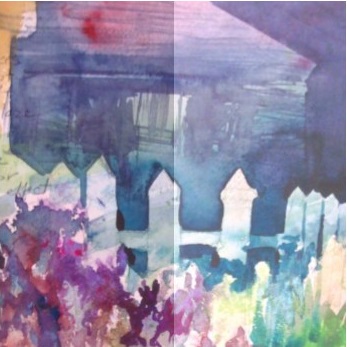
Varnish a Watercolour
Imagine if you could varnish a watercolour like an acrylic or oil painting and frame it without a mat or glass. The appeal is great — no more glare, no more cracked or broken glass, lighter to transport, and easier to store. The good news: There are now a number of new products to help […]
-
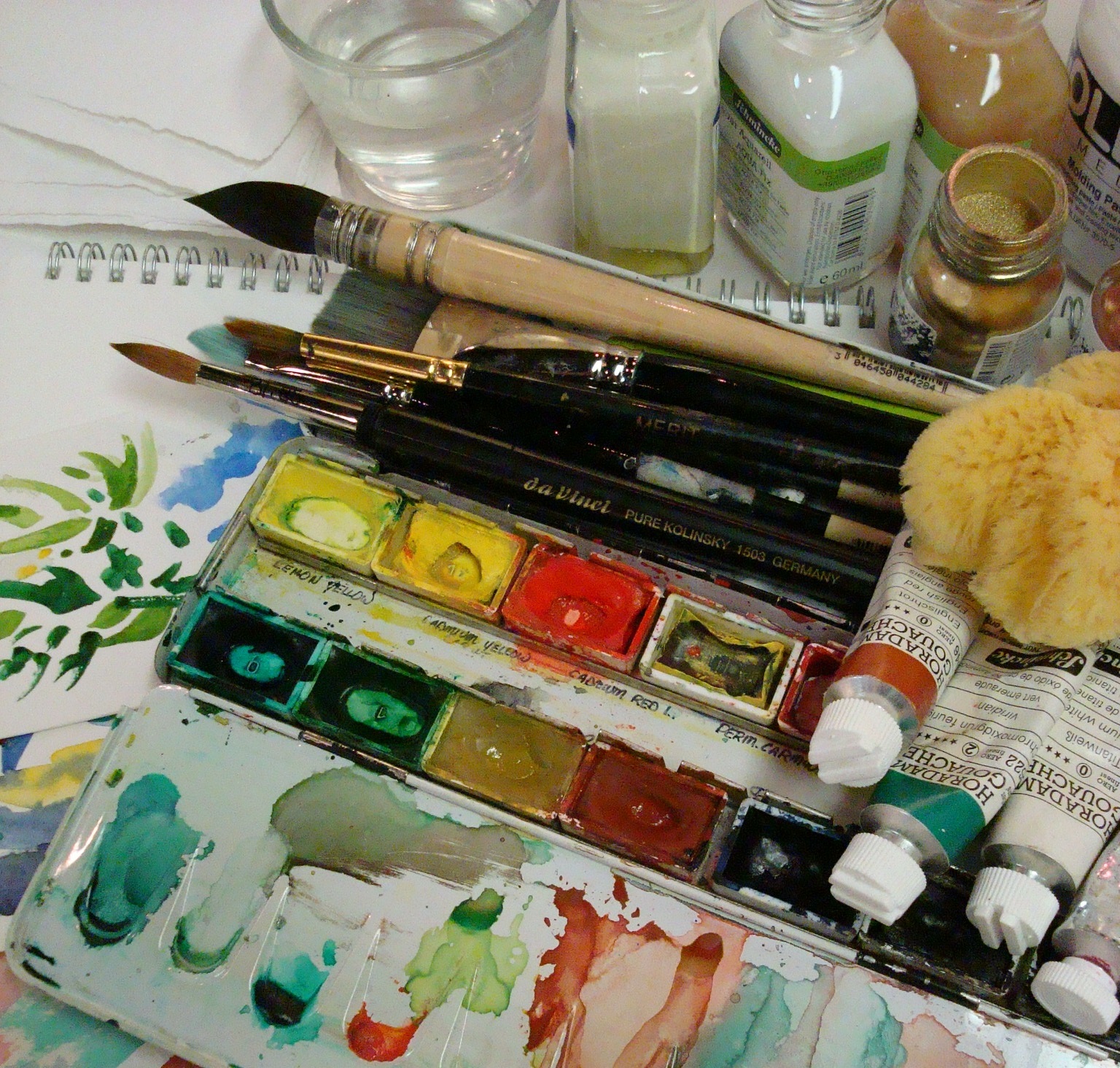
Watercolour Paint: An Introduction
The best reason to choose any painting medium is that you have an affinity for it: you have seen it at work, admire it, and want to use it. 1. Why choose watercolour paint? Watercolour is the one to choose if you want easily mixed, easily applied colour, simplicity of preparation and luminous results. If […]
-
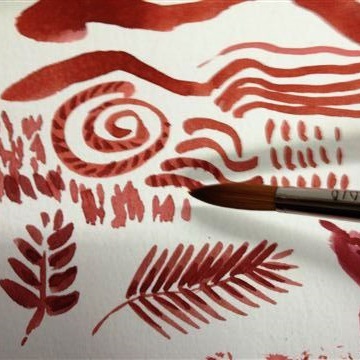
Watercolour Brushes – How to Choose
Most brushes comprise of a handle, usually wooden; a ferrule, usually metal; and hair: natural animal hair, synthetic ‘hair’, or a blend of the two. Watercolour brushes are designed to suit watercolour, not oil or acrylic paint. Brushes vary hugely in price, size, shape, and material. Brush quality varies, too, so it is wise to […]
-
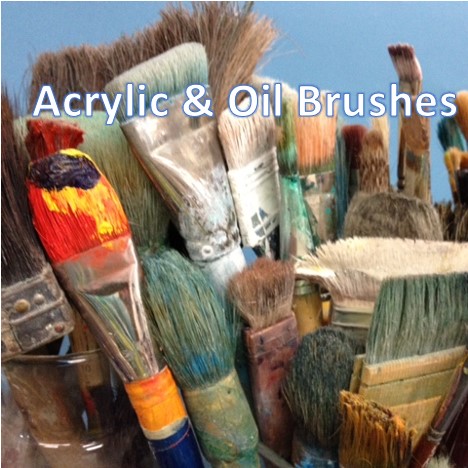
Oil and Acrylic Brushes – Tips
Examples of oil and acrylic brushes
-
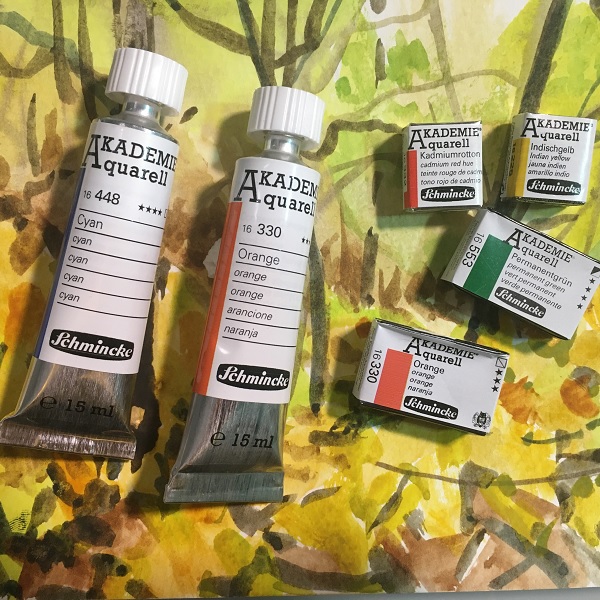
Watercolour Pan Sets – Why Choose Schmincke?
In this post let’s discuss the advantages of watercolour pan sets as opposed to tubes. Watch the video above for insight into selecting the right pan set and learn practical tips for making your compact watercolour travel set. What are advantages of pans vs. tubes? Watercolour painting is one of the most popular painting techniques. […]
-
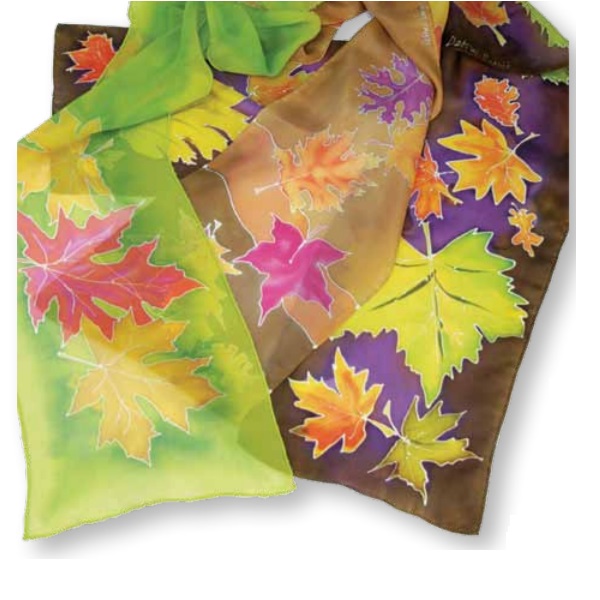
Fabric Painting
Follow along to learn three techniques to approach creative and beautiful fabric painting projects. 3 easy techniques Jacquard Dye Na Flow is an excellent textile paint and will create professional results in your custom-painted art and wearable items. The paint comes ready to use and can be thinned with water to create lighter or pastel […]
-

Varnish an Oil Painting
Not everyone chooses to varnish their oils. The benefits of applying a coat of varnish to an oil painting are to improve the appearance, unify the finish of a painting and get rid of ‘sunken-in’ areas. Varnish makes a painting easier to clean and provides a barrier to dust, pollutants, and physical damage. 10 Tips […]
